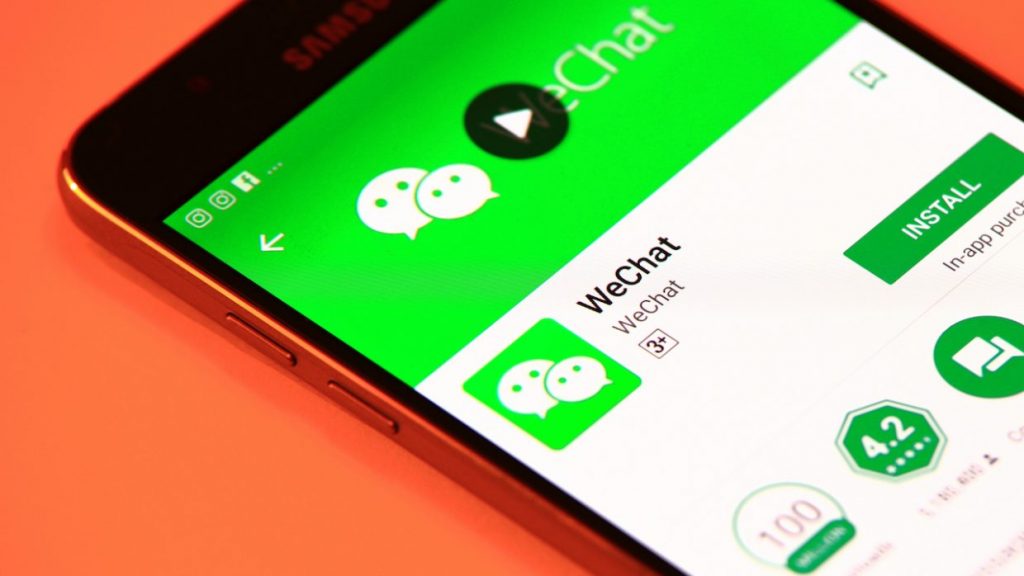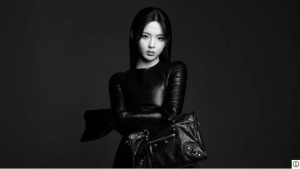It may be less flashy than some newer platforms, but WeChat remains a crucial tool for any brand in China.

Every brand today is aware of the importance of millennial and Gen Z consumers, but a recent report by Tencent Marketing Insight (TMI) and the Boston Consulting Group (BCG) further proves the extent to which young consumers and digitalization have reshaped China’s luxury market. According to the report, millennials and Gen Z consumers are on their way to becoming the backbone of luxury consumption in China, accounting for 50 percent of total luxury purchases in 2021.
While this could look like a COVID anomaly, considering many consumers made purchases locally rather than overseas in 2021, the figure is expected to grow by an additional 25-30 percent next year. Millennials and Gen Zers currently account for approximately 46 percent of China’s luxury consumers, with purchases valued at RMB 520 billion ($81.18 billion). And although these younger shoppers make up less than half of China’s “heavy spender” demographic, 11 percent of millennial and Gen Z consumers spend more than RMB 300,000 ($46,830) per year on luxury. Another key data point from the recent TMI and BCG report found that Chinese luxury consumers are generally becoming more mercurial in their brand selection. Only 36 percent of surveyed respondents said they only buy a specific set of brands, while over 80 percent said they have added new brands (or completely shifted to a new set of brands) over the past two years.
This diminishing brand loyalty is key to understanding why luxury brands have shifted to content-based and digital marketing strategies with such fervor in the China market. Considering the report was co-authored by Tencent, WeChat was naturally a main area of focus. According to the report, although retail stores contributed 50 percent of overall sales in China, only about 40 percent of millennial, Gen Z, and “heavy spenders” consider physical retail stores as an important venue to learn more about brands. In comparison, about 53 percent of them credit WeChat with stimulating their interest in luxury brands and shaping their purchase decisions. These consumers spend an annual average of RMB 170,000 ($26,550) on brands’ WeChat mini-programs, higher than the RMB 140,000 ($21,881) on brands’ official websites and the RMB 120,000 ($18,756) on e-commerce platforms. This number is expected to grow between 30-35 percent next year.
Several factors are behind the continued prominence of WeChat in luxury promotion over other popular content platforms. WeChat enables both brand-generated and user-generated content to disseminate easily, such as through brands’ official accounts and mini-programs, recommendations among friends, and advertisements in WeChat Moments. Brands can also offer one-on-one shopping guidance to consumers on WeChat through messaging or livestreaming, alleviating the “pressure to purchase” that consumers sometimes feel when visiting stores. These features also have the effect of making WeChat a self-sustaining e-commerce loop that supports every aspect of an informed purchase. Additionally, brands can significantly increase their brand exposure to WeChat’s 1.24 billion monthly active users by integrating their content with the daily activities of WeChat users, such as issuing brand-specific red envelopes, emoji stickers, and minigames. Continue to read the full article here





